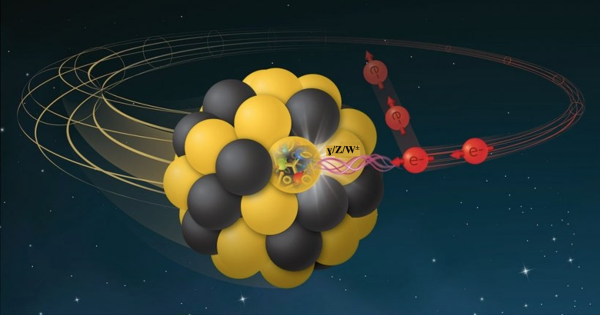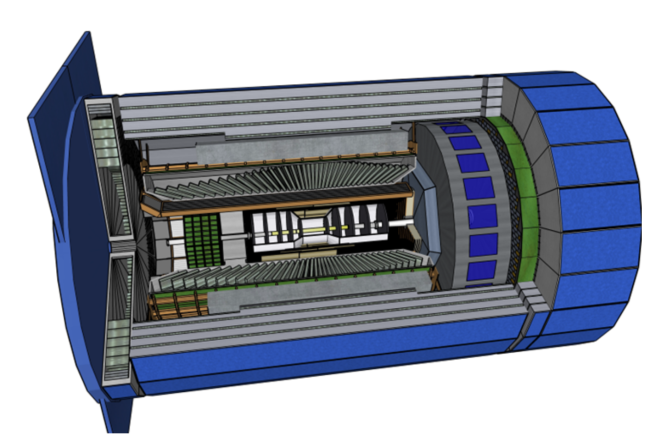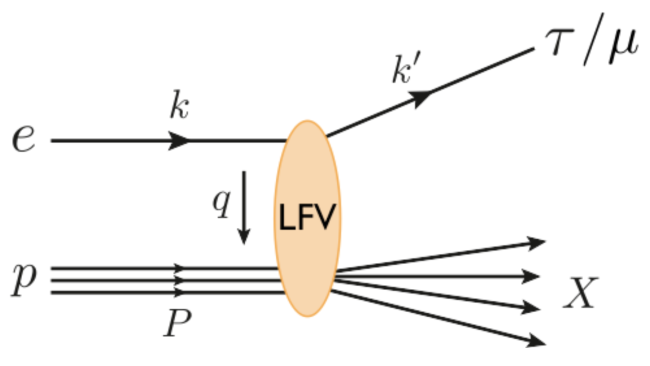Electroweak and Beyond the Standard Model Physics at the EIC

Note: This is an in-person workshop. There will be a $70 registration fee to attend. The registration fee includes participation in the workshop, lectures, and coffee breaks.
Disclaimer: Please be aware that, due to ongoing concerns regarding the COVID-19 pandemic, this workshop may be changed from in-person to hybrid, or to online-only if necessary.
The Electron Ion Collider (EIC) will provide a unique opportunity to probe nucleon structure, conduct precision tests of the electroweak sector, and constrain physics beyond the Standard Model (BSM). Such studies are facilitated by the planned high luminosity, polarized electron and ion beams, and variable center of mass collision energy combined with a hermetic detector design for a large kinematic coverage. Furthermore, the proposed accelerator and detector design is expected to significantly reduce systematic uncertainties, allowing for improved precision tests and sensitivity to new physics.
Measurements will mostly involve a wide array of asymmetries making use of polarized electron and ion beams in neutral and charged current DIS. These asymmetries will access unique combinations of unpolarized and helicity nucleon parton distribution functions (PDFs), in previously unexplored (x,Q2) regions, making them invaluable for global PDF fits and understanding the proton spin structure.
Tests of the electroweak sector include precision extractions of the weak mixing angle over the previously unexplored range, 10 GeV < Q < 70 GeV. These measurements will span a region only partially probed by HERA and will be complementary to precision measurements in low energy experiments and at the Z-pole. BSM scenarios involving the leptophobic Z’, the dark photon, or the dark Z can leave their imprint through any observed deviation between the extracted weak mixing angle and its predicted value in the Standard Model. The high degree of polarization of the electron beam can allow for precision tests of the chiral structure of the electroweak interactions in charged current DIS. Moreover, the proposed ability to identify tau decays will allow for searches of Charged Lepton Flavor Violating (CLFV) process through e to tau conversions at a sensitivity that with comparable or better sensitivity than other proposed experiments. More general BSM scenarios can be constrained through a model independent analysis, the Standard Model Effective Theory (SMEFT). Recent analyses completed by independent groups have shown that constraints from EIC data complement those that will be obtained from the LHC High Luminosity era by lifting flat directions in the SMEFT parameter phase space. Finally, the EIC capabilities have the potential to search for heavy neutral leptons via displaced vertex signatures.


